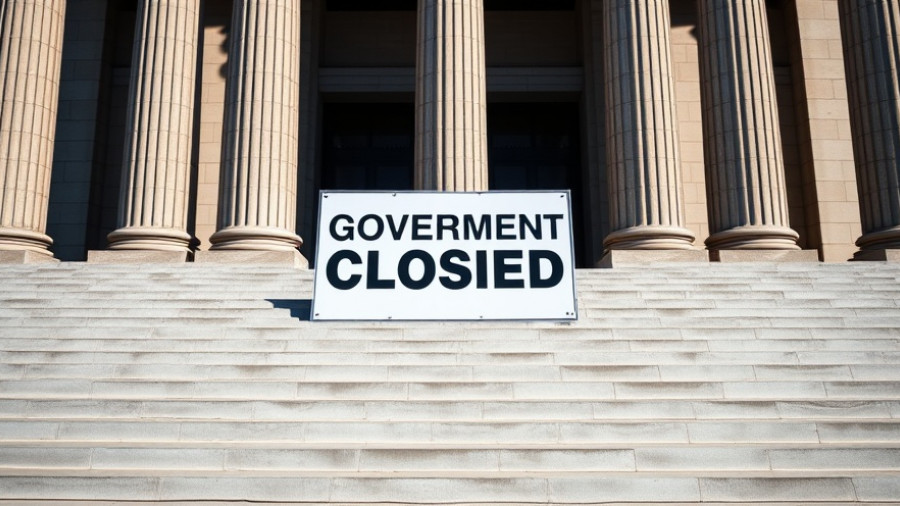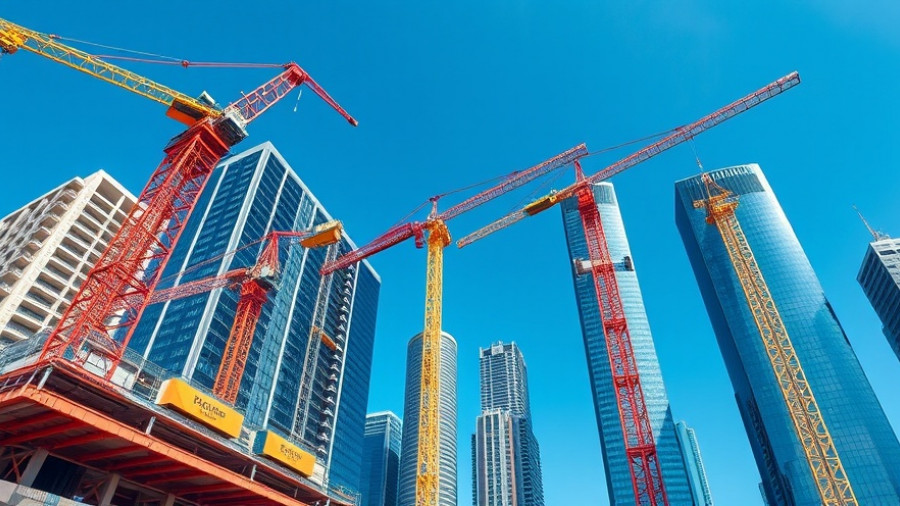
Understanding Local Law 97: A Game-Changer for NYC's Buildings
Since its implementation in 2019, New York City's Local Law 97 has been the focal point of significant changes in the management of building emissions, especially as the city's climate goals grow increasingly ambitious. This law aims to reduce greenhouse gas emissions from the largest buildings, which account for nearly 70% of the city’s emissions. With the first compliance period commencing in 2024, it's crucial for building owners and managers to understand the requirements and implications that come with this landmark policy.
The Compliance Landscape: Are We Ready?
Recent updates indicate that compliance is gaining momentum – a staggering 94% of covered buildings have reported actions taken towards meeting the upcoming carbon reduction targets. However, the remaining 6% may face penalties if they do not act swiftly. This law sets a clear schedule: a 40% reduction in emissions is required by 2030, advancing to 80% by 2050. For commercial construction companies, this presents both challenges and opportunities, particularly in project efficiency and cost management.
Realities of Implementing Emissions Reduction
Building operators must navigate various complexities, including upgrading heating systems and investing in sustainable technology like heat pumps and solar energy. Many industry leaders agree that while achieving compliance in the early phases may seem manageable, the more stringent requirements of subsequent compliance periods demand innovative solutions that may push some owners to seek outside expertise. As Jimmy Carchietta of The Cotocon Group notes, owner difficulties in locating skilled contractors could hinder progress.
Financial Implications: Compliance Costs and Strategies
A major concern has emerged about the affordability of compliance for both landlords and homeowners. Electing to take the "good faith effort" route may alleviate some immediate penalties, allowing additional time for compliance until 2026, but it also illustrates the urgency people feel regarding financial repercussions. City candidates are debating approaches to address these compliance costs, with various proposals emerging at this critical juncture.
Future-Proofing NYC's Construction Practices
The proactive measures advocated by the NYC Accelerator program, which offers consulting services to building owners, are essential. These consultations help demystify the compliance process and provide tailored solutions for upgrades ranging from insulation improvement to advanced energy management strategies. As the city pushes forward under the aegis of Local Law 97, staying informed can position construction companies ahead of the curve.
Conclusion: A Collective Responsibility Toward Sustainability
As NYC continues its transition toward compliant, sustainable buildings, stakeholders from construction firms to municipal leaders must collaborate on practical solutions. This pivotal moment calls for integrity and innovation, not merely to meet legal obligations but also to foster a healthier environment for all residents. Embracing this challenge offers the potential for enhanced community development.
Are you ready to navigate the complexities of Local Law 97 compliance? Understanding its implications not only aids in avoiding penalties but can also enhance operational efficiency for building owners. Seek consulting or services that ensure you are ahead of the compliance curve.
 Add Row
Add Row  Add
Add 




Write A Comment